 | ||
Order Benedictine, Subiaco Congregation Established 681 at Gloucester as St. Peter's Abbey Disestablished Suppressed by King Henry VIII in 1541 (re-established, after exile, in 1928) Similar Soldiers of Gloucestershire Museum, Gloucester Waterways Museum, Jet Age Museum, Nature in Art, Gloucester Life | ||
Prinknash abbey incense making
Prinknash Abbey (/ˈprɪnɪdʒ/) is a Roman Catholic monastery in the Vale of Gloucester in the Diocese of Clifton, near the village of Cranham. It belongs to the English Province of the Subiaco Cassinese Benedictine Congregation, which is itself part of the worldwide Benedictine Confederation.
Contents
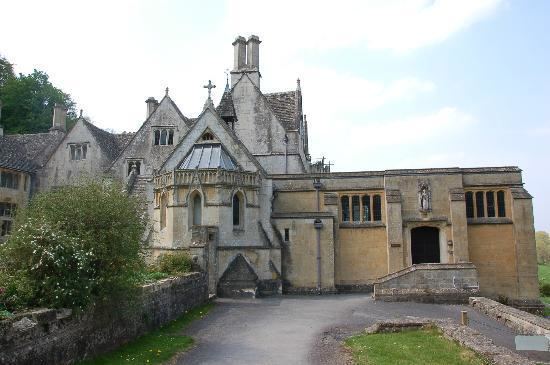
History

For nearly 900 years the land known as Prinknash has been associated with Benedictine monks. In 1096 the Giffard family, who had come to England with William the Conqueror, made a gift of the land to Serlo, Abbot of St. Peter's, Gloucester. A large part of the present building was built during the abbacy of William Parker, the last Abbot of Gloucester, around the year 1520.
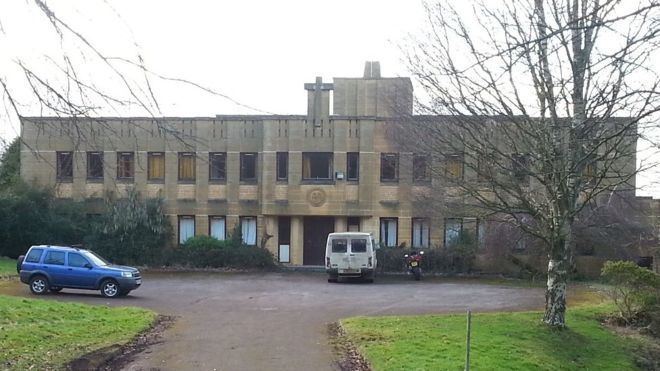
It remained in the abbey's hands until the suppression of the monasteries in 1539 when it was rented from the Crown by Sir Anthony Kingston who was to provide 40 deer annually to King Henry VIII, who used the House as a hunting lodge. Prinknash Park continued to be used as a home for the gentry and nobility of Gloucestershire during the next few centuries and each generation left its mark on the property.
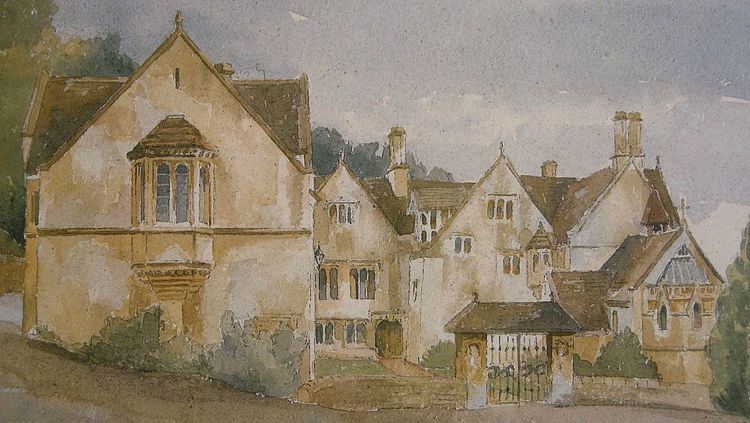
On 1 August 1928 a Deed of Covenant was made out by the twentieth Earl of Rothes, the grandson of Thomas Dyer Edwards, a Catholic convert, whose wish was that Prinknash should be given to the Benedictine monks of Caldey Island. These monks had converted from Anglicanism to Roman Catholicism in 1913 under the leadership of Abbot Ælred Carlyle, although he left monastic life in 1921 to work as a missionary priest in Vancouver.
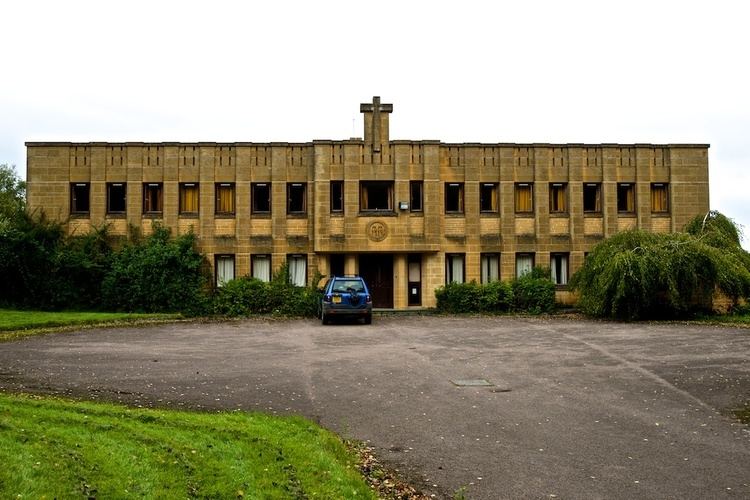
Caldey Island was eventually sold to the Cistercian monks and on 26 October 1928 six Benedictine monks arrived from Caldey to convert the house at Prinknash into a monastery. The rest soon followed and after some years of poverty they managed to purchase all the land around the house to make Prinknash as it is today. Fr. Wilfrid Upson, who had been appointed Prior after Carlyle's departure, was elected the first Abbot of Prinknash in 1937. The bones of Richard Whiting, the last Abbot of Glastonbury, are kept at Prinknash.
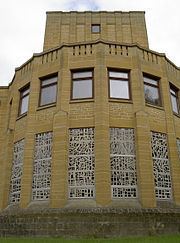
The community continued to grow, beginning with 25 monks. There are now 12 at Prinknash itself and more are spread over three monasteries, a foundation being made at Farnborough in May 1947 and in Pluscarden in Scotland later that year. In 1939 a foundation stone for a new abbey was laid at Prinknash by Cardinal Hinsley, but the Second World War intervened and the previous impracticable building plans were eventually redrawn by F.G. Broadbent.
The monks moved into the new abbey in 1972 and the old abbey was re-roofed, re-furnished, and converted into a retreat and conference centre, known as "St Peter's Grange". In 2008, on the feast day of Ss Peter and Paul (30 June), the community moved from the 1972 building back to St Peter's Grange and the new abbey was sold for conversion into luxury apartments.
Form of the Roman Rite used at Mass
Since 2002 Prinknash has had regular celebrations of Mass as in the 1962 Roman Missal (which in 2007 became a generally authorized extraordinary form of the Roman Rite). Presently a Low Mass is celebrated each Saturday at 11.00 am and on the first Sunday of the month at 3.00 (except on certain occasions, as notified by website or telephone). The community celebrates a High Mass on certain high feasts and holy days and, on others, Low Mass is said earlier in the morning at 8.15.
